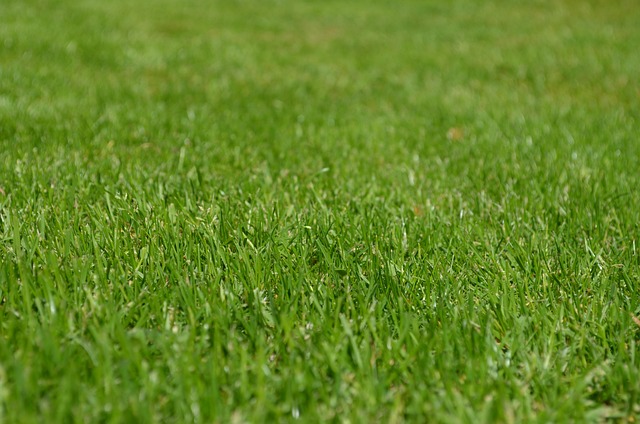Understanding your lawn's unique water needs is key to effective irrigation system installation, according to experts in lawn care and landscaping. Factors like grass species, soil type, climate, and existing moisture levels determine the optimal watering schedule. Efficient systems, such as drip irrigation for large areas or traditional sprinklers for smaller yards, promote sustainable practices while conserving water. Professional installers consider lawn size, terrain, and climate to ensure optimal water distribution through strategic pipe and sprinkler placement. Regular maintenance, including leak checks, seasonal adjustments, and bi-annual audits, ensures top-notch lawn care and landscaping results, fostering vibrant, healthy lawns year-round.
“Transform your lawn from a mere green patch to a vibrant, thriving oasis with an efficient irrigation system. This comprehensive guide delves into the essentials of irrigation system installation, empowering homeowners and landscaping enthusiasts alike. We explore ‘Understanding Your Lawn’s Water Needs’ as a foundational step, followed by an in-depth look at various irrigation types. The article also details the installation process and offers valuable maintenance tips to ensure optimal lawn care results, enhancing your outdoor space.”
- Understanding Your Lawn's Water Needs: A Key Step in Irrigation System Installation
- Types of Irrigation Systems: Which One is Right for Your Landscaping?
- Installation Process and Maintenance Tips for Optimal Lawn Care Results
Understanding Your Lawn's Water Needs: A Key Step in Irrigation System Installation

Understanding your lawn’s water needs is a crucial step in irrigation system installation, as it ensures optimal hydration for lush, healthy growth. Lawn care and landscaping professionals recommend assessing factors like grass species, soil type, climate, and existing moisture levels to determine the appropriate watering schedule. Different grasses have varying water requirements, with some requiring more frequent but shallow irrigations, while others thrive with deeper, less frequent applications. Soil composition also plays a significant role; sandy soils dry out faster, necessitating more frequent watering, whereas clay-rich soils retain moisture longer.
By considering these variables, homeowners can design an efficient irrigation system tailored to their lawn’s specific needs. This not only conserves water but also promotes sustainable landscaping practices. Moreover, understanding water demands enables users to program timers accordingly, ensuring the right amount of water reaches the roots at the most beneficial times, contributing to a vibrant and robust lawn.
Types of Irrigation Systems: Which One is Right for Your Landscaping?

When it comes to choosing an irrigation system for your landscaping, there are several options tailored to different needs and preferences. The key is understanding each type’s advantages and how they can best serve your lawn care and overall landscape aesthetics.
Drip irrigation systems, for instance, are a popular choice for those seeking efficient water distribution directly to plant roots. This method minimizes water waste and is ideal for larger landscapes with various vegetation. On the other hand, sprinkler systems offer a more traditional approach, spraying water across the area, suitable for smaller yards or specific zones needing regular, thorough watering. For complex layouts, a combination of these systems can be employed, allowing precise control over water delivery and ensuring optimal lawn care and landscape management.
Installation Process and Maintenance Tips for Optimal Lawn Care Results

The installation process begins with meticulous planning, taking into account factors like lawn size, terrain, and climate to design an efficient irrigation system. Professional installers then proceed with careful placement of pipes, valves, and sprinklers, ensuring optimal water distribution for lush grass growth. Once installed, proper maintenance is key to achieving top-notch lawn care and landscaping results. Regular checks for leaks or blockages are essential, as well as timely adjustments to watering schedules based on seasonal changes and weather patterns.
Additional tips include keeping irrigation systems clean by removing debris from nozzles and ensuring filters remain clear. Bi-annual system audits by professionals can help identify potential issues early on. By combining these maintenance practices with tailored lawn care routines, homeowners can enjoy vibrant, healthy lawns year-round, enhancing their outdoor living spaces and contributing to overall landscape beauty.
Irrigation system installation is a smart investment for any lawn care and landscaping enthusiast. By understanding your lawn’s water needs, selecting the right irrigation type, and mastering the installation process, you can ensure optimal results. Regular maintenance will keep your system running efficiently, promoting lush, green grass all year round. Embrace the benefits of automated watering and transform your outdoor space into a vibrant, thriving oasis.
